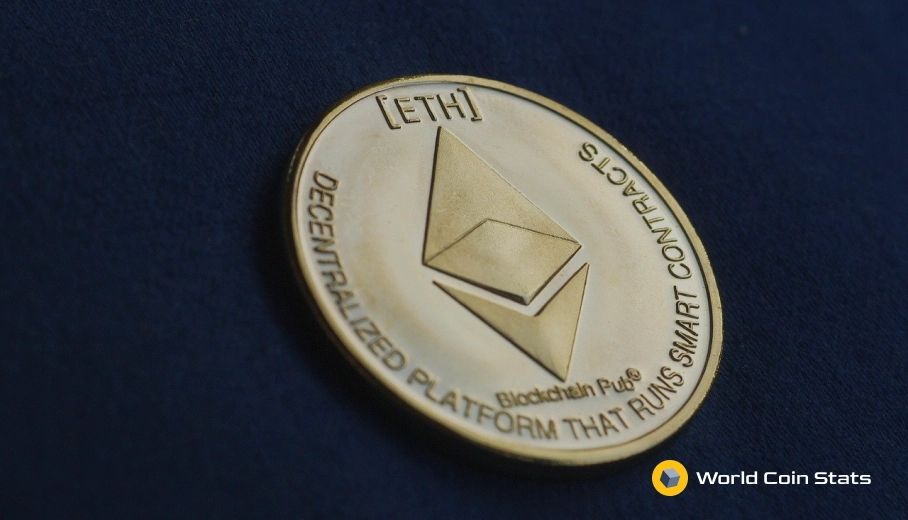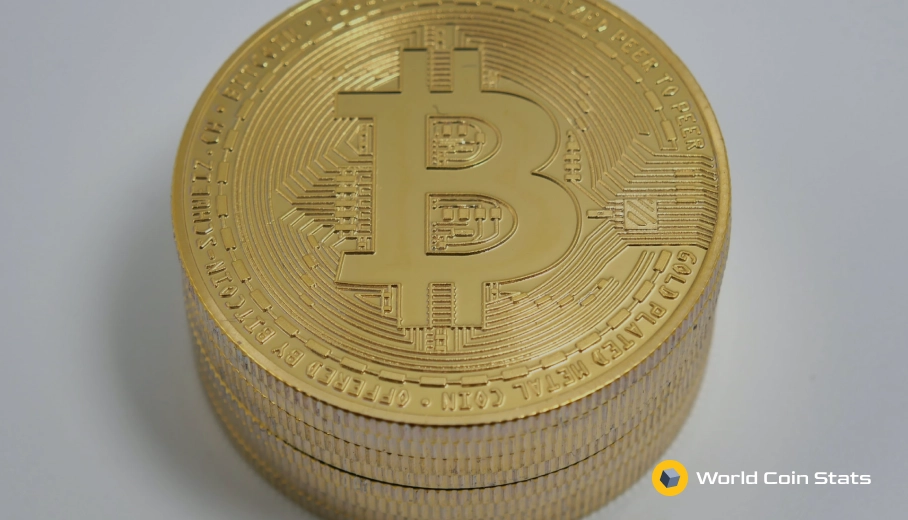Ethereum 2.0 and The Future of DeFi
Ethereum still ranks as the second largest cryptocurrency by market capitalization with a market cap of $61 billion USD. A large portion of this market cap is driven by the central role that Ethereum plays in decentralized finance (DeFi).
In fact, most DeFi applications and protocols are built on the Ethereum blockchain and require the use of Ether, the coin of Ethereum, for access to the protocol.
This article will cover the long awaited Ethereum 2.0 update and how it will help Ethereum and DeFi.
Why Ethereum 2.0 is Necessary
Ethereum 2.0 has been an oft discussed topic for the past few years. It has gotten to the point where cryptocurrency experts were proclaiming that Ethereum must upgrade to Ethereum 2.0 or face near certain doom.
This section will cover some of the reasons that Ethereum 2.0 was necessary.
Blockchain Bloat Slowing Down Networksol
The main reason that Ethereum 2.0 was necessary is the massive amount of bloat slowing down the network.
This peaked around 2018 when the network could not handle transactions, but then it quickly subsided until 2020.
2020 was the year that DeFi grew huge, which added more bloat to the network. A major slowdown of the Ethereum network occurred in mid-2020. High fees and failed transactions were a staple of the Ethereum network in 2020.
At this point, everyone that used cryptocurrency clamored for Ethereum 2.0 or an entirely new cryptocurrency. The bloat had simply become too much for the Ethereum network to handle.
DeFi Has Added More Bloat
Ethereum already had a bloat problem when DeFi was an industry with less than a billion dollar industry. Single threaded blockchains will do that to any blockchain network.
The problem only got worse when DeFi grew to a $12 billion USD industry in 2020.
Transaction Fees Were Too High
The other issues with the original Ethereum was that transactions fees were far too high for a cryptocurrency.
Simply put, it was unprofitable and/or impractical for users to transfer Ether with the high transaction fees. These fees were caused by miners receiving rewards that did not match the amount of energy required to mine a block.
Yes, it was even unprofitable for miners with those high transaction fees. The lack of miners on Ethereum only exacerbated the slowdown caused by the congested network.
Can Ethereum 2.0 save Ethereum?

Many experts saw Ethereum on its way out unless Ethereum 2.0 was released. Ethereum 2.0 was released in late 2020, but the question remains:
Will Ethereum 2.0 save Ethereum, or is too little too late for Ethereum?
Obviously, no one knows the answer to this question. However, the long-term future does not look great for Ethereum because new cryptocurrencies are entering the space. And these new cryptocurrencies do a better job than Ethereum.
Polkadot is the most notable cryptocurrency that has the chance to eclipse Ethereum in the DeFi space. It does everything that Ethereum 2.0 does, but much better than Ethereum 2.0. Polkadot also has a more decentralized leadership structure due to its governance token.
Does Ethereum have a future in DeFi?
Again, the question remains if Ethereum does stick around, does it even have a future in DeFi?
In our opinion, Ethereum does not have a long-term future in DeFi. Ethereum 2.0 does a decent job at fixing many of the problems with Ethereum. However, Ethereum 2.0 still has problems that need to be handled.
These problems include the amount of bloat that still exists on its blockchain and the infinite maximum token supply. Both of those problems will rear their head at some point in the future. We predict that the bloat on Ethereum 2.0 will become a problem in a few years if DeFi continues its exponential growth of 2020.
The infinite supply of Ether will also become a problem because it will eventually lead to inflation. As you likely know, cryptocurrency was meant to move away from inflationary currency. It was essentially supposed to be digital gold – a finite resource that requires work to extract.
Ethereum’s maximum supply makes it more similar to a fiat currency than a cryptocurrency or natural resource.
What can replace Ethereum?
There are a few cryptocurrencies that have the capability to eclipse Ethereum in the DeFi space. The cryptocurrency with the best chance, however, is Polkadot.
For those that don’t know, Polkadot was released in August 2020 and immediately jumped to the ninth largest cryptocurrency by market cap within a week of launch.
The reason for the jump?
Investors and speculators alike viewed Polkadot as a suitable replacement for Ethereum. Polkadot is essentially Ethereum 2.0 with even more adjustments that make it suitable for DeFi.
It also helps that Dr. Gavin Wood, a cofounder of Ethereum, developed Polkadot. Dr. Wood has an understanding of the problems that Ethereum has and created a cryptocurrency that solves all those problems.
The biggest problem for Polkadot will not be technological. It will be gaining public support and name recognition.
Just about everyone knows about Ethereum. It’s also available on every cryptocurrency exchange.
Polkadot is unknown and available on only a handful of cryptocurrency exchanges. Of course, it was only released a few months ago. It still needs time to warm up to the market.
What is the future of DeFi?
DeFi experienced exponential growth in 2020. The industry went from unknown prior to 2020 to one of the biggest trends of 2020.
Despite that, the growth of DeFi will likely slowdown as the excitement wears off. It’s also important that even more DeFi protocols enter the space and offer more services.
Most of the wealth in DeFi at the moment lies in staking, which is great. But DeFi needs more services in all aspects of finance if it plans on becoming more than a niche way for cryptocurrency holders to earn a little extra income on their crypto holdings.
Conclusion
We hoped that answered some of the questions about Ethereum 2.0 and the future of DeFi.
Ethereum 2.0 and DeFi both have a future in the cryptocurrency space. But it does appear that DeFi has a brighter future than Ethereum 2.0. The problems that have plagued Ethereum have been foundational issues with the architecture of the network.
Ethereum 2.0 is a nice fix to some of these problems. However, it does look like Ethereum 2.0 will only be a temporary fix unless Ethereum can cleanup some of the more foundational problems (ie. blockchain bloat and infinite token supply) that plague its existence.




